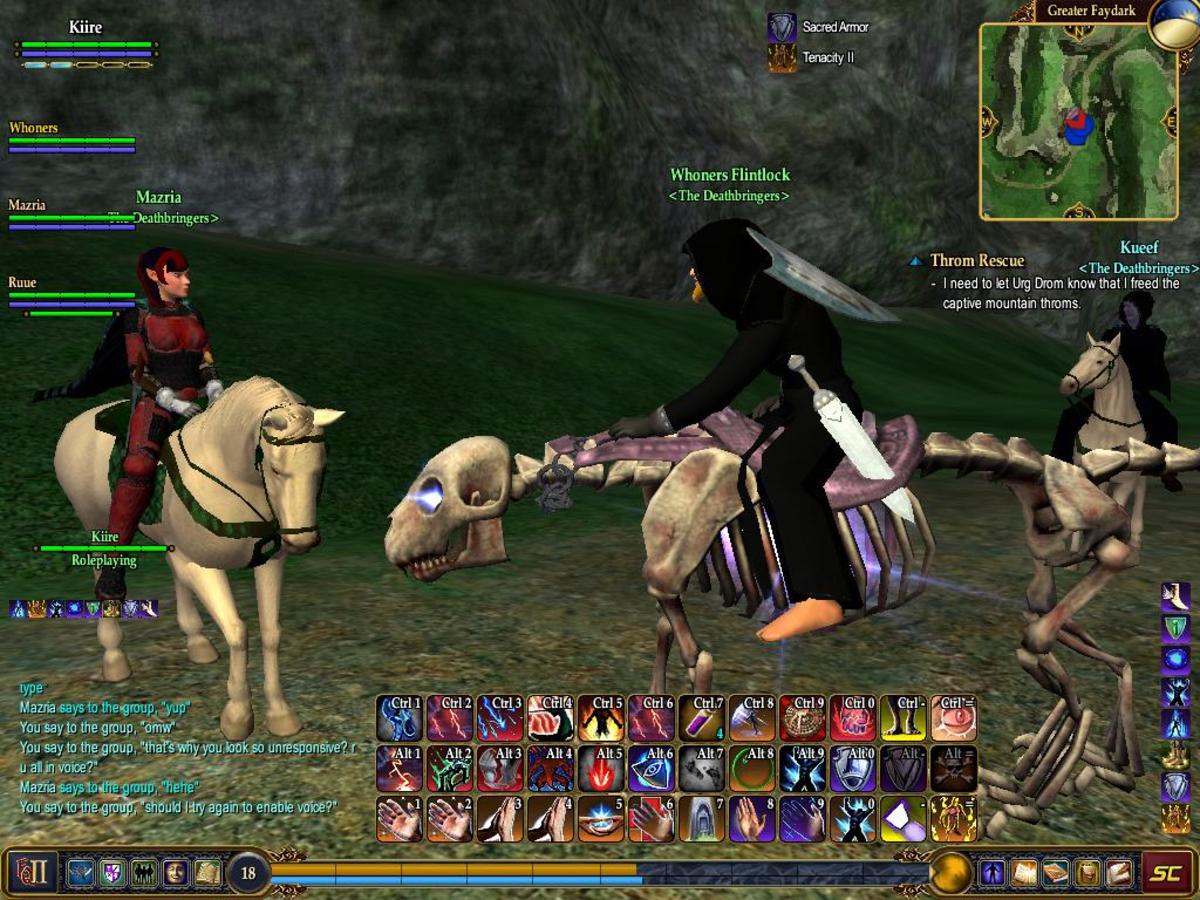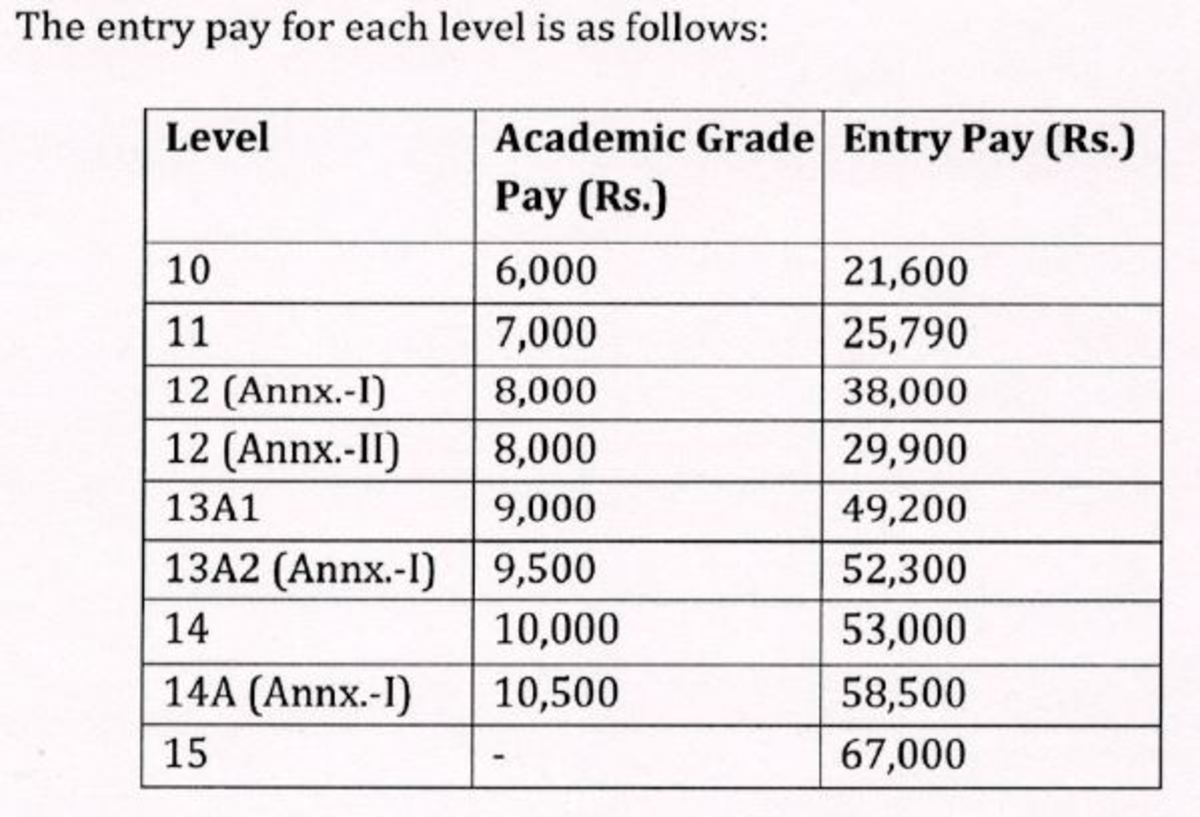Using games to learn - Can it work?
Family Game Night

Games in the classroom
Children and adults love games. A recent movement in education is pushing for a concept called gamification. Coursera offers a free course on the principles of gamification if you are interested in learning more about this theory. I found the course interesting and it certainly sparked some new and creative thinking for my own educational teaching strategies. Gamification within education does not actually mean to teach using only games; instead, it is more about providing tools that have the potential to motivate learning. According to Dr. Werbach, the instructor in this course, the average game player is 30 years old and 97% of children aged 12-17 play videogames. In addition, 47% of all game players are women, and women typically play more social games while men typically play more shooter games. (Werbach, n.d.).
Game Design
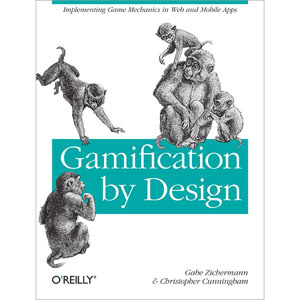
Principles of Gamification
A brief overview of gamification would include the principles of gamification and the design of games.
Principles:
- Games have rules – a structure and process designed to identify a winner. For example, taking turns, what to do when you roll doubles, and so on.
- Games anticipate a result – feedback is provided during the play. For example, you roll a 6, move 6 spaces, and receive a task or problem to work out.
- Games allow for play and the player enters the game on a voluntary basis. Forced play is not an element of gamification.
- Games encourage choices and typically have a problem-solving aspect such as “Should I buy that property or save for a more expensive property?” as in Monopoly.
- The game concept should scaffold the learning concept to build the learning.
- The player needs to have some type of a journey – a pathway to mastery.
- The game needs balance to keep motivation at its highest peak. Too many easy tasks and the player may become bored. Too many difficult tasks and the player may become frustrated. Too many choices can make the game too confusing to play.
- The game should create an experience for learning to happen. When this principle is met, the game creates a richer experience of the concept you desire to teach. It also makes it much more fun for the learner, which means they are more likely to participate in the game.
Monopoloy
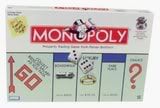
Game Design
There are so many possible methods to creating games, but they all include three basic elements: Dynamics, Mechanics, and Components. The dynamics of a game factor in the path, journey, or concept that you want the player to have. For example, Monopoly requires the player to become the richest person in the game through buying or selling property, purchasing houses and hotels to collect rent from other players, and possibly even going to jail or having to get a new mortgage to keep from going bankrupt. Monopoly also adds in the element of anxiety over whether the card you have to draw will be a positive or negative reward. Emotions are important to game design; without an emotional aspect of some type, the player may not want to play again.
Game Mechanics
The mechanics of game design provide the structure, or the method of how to play the game. Questions to ask yourself as you build a game could include some of the following:
- What kind of challenges do you want the learner to face.
- Will you provide an element of chance, such as throwing the dice or spinning a wheel?
- Should players compete against each other, in teams, or work together to complete the game?
- How will you provide the feedback that takes the learner to the next stage of the game?
- What type of resources will the game include and how will the player acquire those resources?
- What kind of rewards will you build into the game?
- How will transactions happen?
- What completes a turn for the player?
- How will players know when they have won (or lost)?
Concept
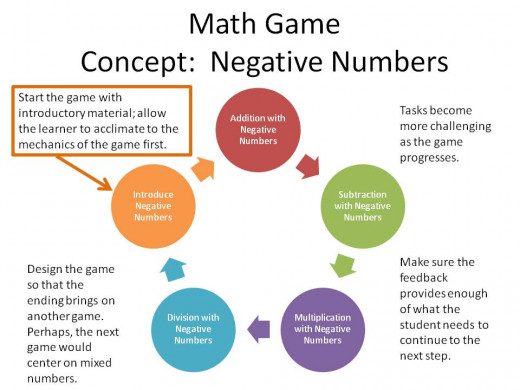
An Avatar

Game Components
Finally, game design includes the type of components you will use to create the game. For example, what achievements do you want the player to gain? Some of the more common components of current online games include avatars (or the representation of the player in the game), point systems, badges, quests, and leaderboards (for a competitive aspect). Other components could include the type of battles or combats you want the player to encounter, and the virtual goods they can win. Some games require you to level something up such as a starship or a skill. Other games may require you to play within a team. Another common factor may be the ability to give things to other players or include some type of transaction. Not every game will include each of these components, they can vary.
Badges

Points - Badges - and Leaderboards
Points, badges, and leaderboards are the main three elements noted in today’s gaming systems. Points help the player keep score, they provide feedback on how you are progressing in the game, and typically determine who wins the game. Badges provide credentials that the player can collect; they are the visual representation of some type of achievement that may provide a type of status symbol to other players. Finally, the leaderboard is the larger area of feedback that lets players know how they rank within the game design. Leaderboards are the one area that needs thoughtful design as they can also become a demotivator among players.
Where's the fun?
An important key to note is that fun means different things for people. One big craze right now seems to be Angry Birds. I honestly cannot figure out what is so compelling about this game. I played the game for a few minutes after watching my son play for hours! I found no purpose in the game and quickly lost interest – it was boring – NOT fun. That was my perspective. I enjoy playing a game called Travian; however, my son thinks that is the stupidest game on the Internet! You can expect students in your classroom to feel the same way, some will love the games you develop while others will not want to play or prefer other games. Therefore, an educator that desires to use games in the classroom will need to provide different types of games on the same concept. Some games could provide learning through choice-making or problem-solving strategies, puzzles, team games, or even different setups. A learning system that uses gamification principles can enhance learning, but it will require extensive time and consideration to create situations where learning is fun for everyone.
Why consider games?
As stated previously, the biggest contribution games can make in the field of education is by providing motivation for students to learn. There are 2 types of motivation: intrinsic and extrinsic. Build in the intrinsic motivation for students to want to continue the game with challenges. Offer rewards for students to earn when they achieve a certain stage or level – or maybe even a task. The reward does not need to be real to make it count; maybe the reward is only the opportunity to move to the next level in the game. However, you could also use other rewards such as a sticker on a chart or allowing the student to be at the front of all lines for the day. Another thing to keep in mind as you are designing the possible games for your classroom is the old psychological concept of rewards schedules. Those rewards can be part of the extrinsic motivation for using games in the classroom. Psychologists have found that the best reward schedule among gaming is the variable schedule.
Whatever reward system you use within your game needs to be well-thought out. If you think about it, what happens if the teacher always provides a reward (such as Great job!) after every possible task? The reward loses meaning and the child is less apt to seek that type of reward. Even if the teacher begins to reward a student only on every 5th task, the reward still dulls over time. Varying the reward system increases the motivation for the student, but why? Don’t you just love a surprise; especially one that you place value on such as an unexpected visit from a brother who takes you out to eat? I know my brother will come visit me frequently, and he always seems to do something nice while he is here. What I don’t know is when he will decide to make that visit. However, when he does, it always brightens my day and gives me a feeling of happiness. Rewards on a variable schedule will have the same effect on your students. It’s similar to playing a slot machine; we know that nickel will probably not make us rich, but we keep putting them in the slot machine with the hope of receiving that big payoff. However, let’s say that you’ve figured out the pattern to the slot machine. You know that it will provide some type of reward after every 35th turn. Even if you don’t know how big the payoff will be, are you as willing to put that nickel in on the 3rd or 22nd turn?
Boring!

How much gaming?
If gamification in the classroom can be such a powerful motivational tool, then shouldn’t an entire school be built on this concept? Here is where I may differ from some of the other thinkers on gamification that I’ve seen. What would life be like if all you did was play? Even children do not play their entire waking hours; they stop to eat, to do chores, to simply observe, to chat with real people, for personal grooming, and to do other things that are not considered games. If you were forced to play games for 8 hours a day, I suspect the games would lose their appeal. The best use of gamification within education should be only when the benefit of teaching through a game can help create a learning environment that is more realistic for the student.
References
Werbach, K. (n.d.). Gamification. Retrieved from Coursera website: https://www.coursera.org/course/gamification





